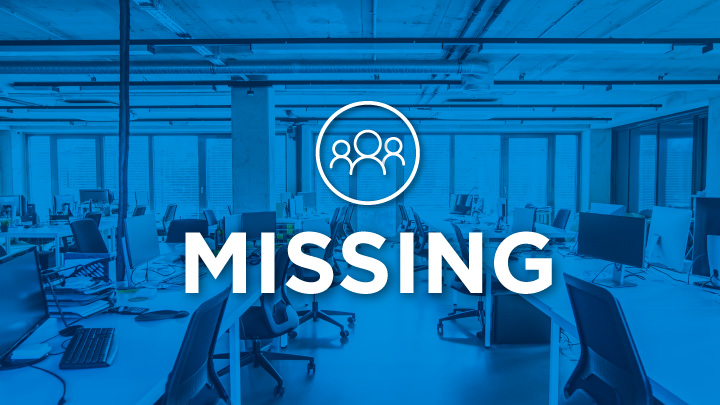A survey conducted by management consultant Deloitte (https://www.deloitte.com) has shown that the shortage of skilled professionals is the most urgent problem for HR managers. But instead of being able to focus on the search for talents, on recruiting and on training employees they have to spend more than 50 percent of their time on routine tasks. Using the Fabasoft Personnel File would considerably relieve them of this work.
The continuing shortage of skilled professionals is turning into one of the biggest obstacles to economic growth everywhere, as a current Deloitte survey (“Deloitte CFO Survey”) among European CFOs shows. It indicates that candidates primarily lack technological expertise along with the respective training. The survey sets out that for 61 percent of the participants, the shortage of qualified employees is a high risk.
Since the level of training is not going to change in the short term with regard to personnel development and qualification, businesses are increasingly focussing on themselves as well as on a quest for talents. When asked about suitable measures to meet these challenges, most CFOs therefore name employee retention through a more attractive design of the working environment as well as a broader scope in the search for employees.
The HR department as a profit centre
The results of the survey clearly show that the role of HR departments has grown. It is no longer sufficient to provide traditional administrative services. Instead, a variety of additional activities contribute to the business result. Failure to achieve them adequately may even lead to a loss of revenue.
HR departments currently spend about half of their working time on administration instead of personnel development. Discussions with experts suggest that HR managers are unable to change this share to a more favourable ratio. The situation is deteriorating further with demographic change: older employees retire, but it is difficult to find suitable replacements.
The Deloitte survey also shows that 72 percent of the participating Austrian CFOs currently do not want to take any major risks. Nevertheless, more than half of them expect to carry out a corporate acquisition in the near future, naming direct national or international competitors as their businesses of interest. It is reasonable to assume that a potential acquisition not only aims at taking over patents and markets, but is in particular targeted at gaining qualified staff.
The pitfalls and stumbling blocks of digitisation
In many cases, increasing automation may prove to be a solution to the growing problem that is caused by the shortage of skilled professionals. Digitisation now ranges from job application documents that are submitted electronically to automated examinations based on internal search terms and up to the use of machine learning algorithms.
However, time savings are limited since these measures only provide relief in some areas. Even though many different solutions are available, processes are not digitised continuously. Businesses using various solutions are facing a number of problems: installing updates and patches regularly, ensuring correct and needs-oriented licensing, and in particular training employees in all of these areas.
It takes a change management cycle that extends over a longer period of time to integrate, test and put these solutions into operation. CEOs may not or cannot wait so long. Their stakeholders demand positive business results instead of losses. Companies are therefore looking for digitisation solutions for their HR departments that are quick and easy to implement without requiring too many IT resources, for example Cloud solutions.
With regard to HR packages, each business platform - from SAP to Oracle - is offering solutions for that purpose. Most of them turn out to be huge software packages comprising a multitude of unnecessary service offerings that lead to rising additional costs that go far beyond the basic license. However, users primarily want to be able to adapt the software to their special requirements without having to wait too long for delivery by the IT department. They want a solution which allows them to make these adaptations themselves.
Fabasoft Personnel File
In this environment, the Fabasoft Personnel File may prove to be helpful. The solution has been designed for the structured, digital and legally compliant administration and archiving of personnel file documents. Immediately available as an SaaS solution or as an appliance, important HR processes can be digitised with ease, thereby leading to standardisation and automation. HR staff can carry out these activities on its own and is consequently not dependent on the strained internal IT resources. Digital workflows may for example easily be modelled with the help of the graphical process editor based on the BPMN standard.
Thanks to many standard interfaces included in the standard edition, the solution can quickly and easily be integrated into the existing IT landscape. Besides eliminating process and media ruptures, HR staff is also noticeably relieved in terms of the workload of administrative tasks. Employees therefore have more time for those activities that really matter: recruiting professionals and training internal staff.




